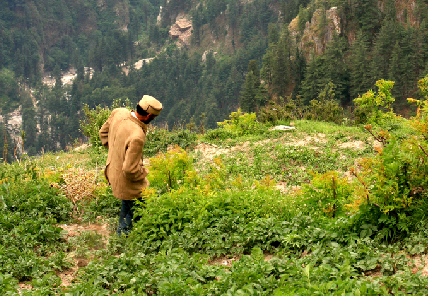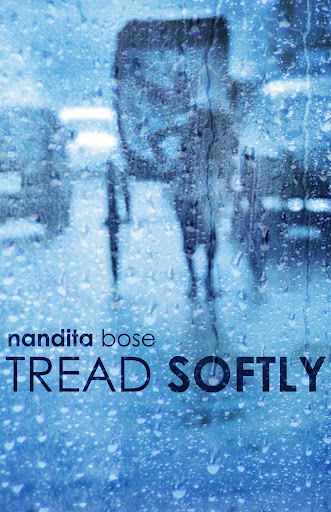Manali: Two tourists from Gurugram were washed away in the Parbati river near Kasol in the picturesque Parbati Valley while clicking selfies in May.
The body of one of the victims was recovered after a 15-day search operation.
In another case of Insta fame of ‘frozen selfies’, 24 students from Hyderabad’s V.N.R. Vignana Jyothi Institute of Engineering and Technology, who were on a holiday trip to Manali, drowned in the Beas river.
Unaware that they were minutes away from death, a video showed the students standing on the boulders in the riverbed for a picture-postcard shoot with the gurgling river in the background, when a wall of water suddenly carried the screaming victims away.

Local authorities say in every tourist season almost half a dozen such instances are reported from the Kullu-Manali region where tourists fall into the river alongside the highway while clicking selfies or taking pictures while venturing close to the river.
In the recent past, seven students of an engineering college opted for the hills for an excursion. After they were marooned for more than 78 hours in the icy heights of Kullu district without food and mountaineering apparatus, they were finally evacuated by local authorities from the snow-bound Chanderkhani peak, located at an altitude of 12,000 ft despite hostile weather.
Amidst an unfamiliar chill in the air of this Himalayan state, officials admitted to IANS that freak incidents of drowning or being stranded in inaccessible hamlets for days without rescue equipment indicate changes in social behaviour.
Statistics are grim
The drowning or accidental fall numbers, as per the local authorities, are now more frequent from the riverside in the picturesque Kullu-Manali area in the peak tourist season — from May to July and October to December. There are even more numerous non-fatal incidents that often go unreported.
Tourism is a big attraction for hundreds of domestic and foreign tourists coming to Himachal Pradesh every year but a growing section of youngsters, mainly corporate professionals, are getting attracted to the state’s drug trade too.
The lure of drugs is attracting them to the higher reaches, largely unexplored areas.
Police officials admit, on condition of anonymity, that the picturesque valleys and the lure of cheap and quality hash draw social media influencers too. With the aim to get high in the mountains, they are reaching out to the wider audience by blogging or using their Instagram or Facebook feeds, asking enthusiasts to comment on their mountain mania.
“For some, it’s a safe way to experiment with drugs in the mountains while hiking and snowshoeing,” remarked a senior police official.

The Kullu Valley is notorious for cannabis cultivation. The cannabis crop grows in abundance despite the police and the narcotics wing launching several campaigns to destroy it.
Chandigarh-based journalist and author of the crime thriller ‘High on Kasol’, Aditya Kant observes that youngsters being inquisitive by nature have always been more vulnerable to addiction. But what has made them more vulnerable nowadays is the tendency to show off and seek approval for their acts through social media.
“The tendency to show the public what you are up to, through different platforms of social media, be it through posts on Facebook or with the reels on Instagram, has taken today’s youngsters by storm.
“I have come across several youngsters who while planning to go for a trip or even to an adventure camp would have in mind the popularity of the place on social media. The safety or precautions about the trips would be the last thing on their mind.”
Kant, who spent his early years in Kullu town, said that the real purpose of such trips and getaways which used to be a break or disappearance from the social scene has been completely defeated.
“Now you want the world to know which places you visited for your holidays and even what you ate there, with your expressions.”
Kant was recently invited to the Ahmedabad International Literature Festival as one of the speakers where he delved into the issue of drug addiction amongst the youth and the environmental degradation to which the ignorance of youth, he says, is a major contributor.
“Addiction in any form, be it for drugs or for social media, is turning out to be too harmful. And those who are addicted to drugs as well as social media are heading for a deadly cocktail,” he said.
One of the characters in his novel ‘High on Kasol’ is a teenager from Delhi who portrays the state of mind of youngsters.
The character has drawn inspiration from real characters as there are many youngsters who are nowadays preferring to visit Kasol and nearby areas in Kullu for adventures of all kinds.
Kant, in a chapter named ‘Frozen Selfie’ in his novel, has narrated through his fictional story how a teenage girl Haizel from Delhi, who slips into the Parvati river while taking a selfie on a rock, is saved by the protagonist after she has a nearly fatal fall. Both of them fall in love with each other.
Kant mentioned the character Haizel could be considered an exception as most of the tourists who slipped while taking pictures by the riverside could not be saved and had a fatal fall.
“So through this instance, I have tried to convey a message to the tourists that they should not get carried away by the picturesque sites and climb on dangerous rocks.
“It’s understandable that today’s youth may find it hard to resist the temptation of sharing their experiences on social media but alongside they should also do some homework about the threats and possible dangers of the places, which otherwise may look picturesque and fascinating in the Instagram reels and social media posts,” he said.
Kant rather suggests that the youngsters while on their adventure camps also mention one or two informative or precautionary messages along with their posts for the benefit of others who intend to visit these places in the future.
A seasoned journalist with over two decades of experience, Vishal writes on a wide range of subjects which include biodiversity, climate change and links between environment & development. He also covers politics and other developments in Punjab and Himachal Pradesh. He lives in Chandigarh & Shimla.



